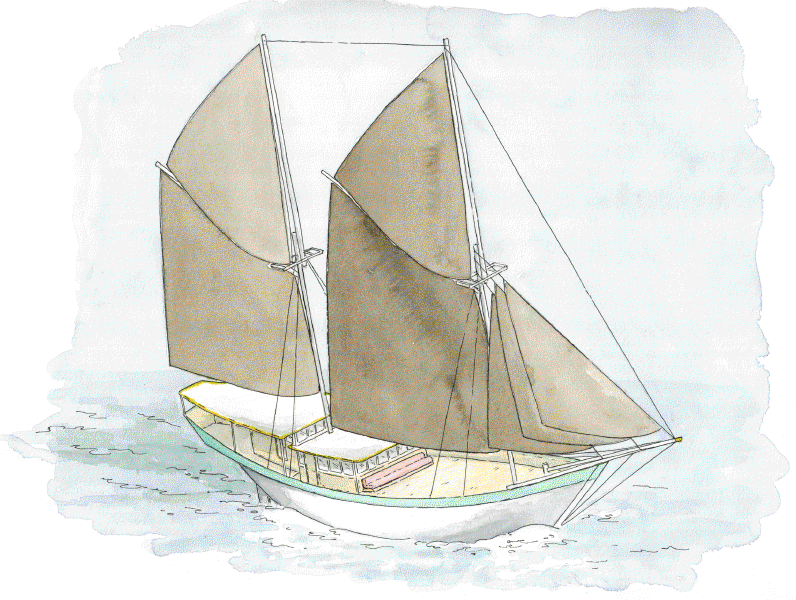
It has become normal for the world’s wealthiest individuals to drop millions, even billions, on lavish superyachts.
Oil Sheikhs and Russian tycoons alike are spending their holidays on massive yachts with swimming pools, basketball courts, and even concert halls.
Scroll down to see 11 of the most expensive yachts:
$200 MILLION: Microsoft co-founder Paul Allen owns a 414-foot yacht dubbed the Octopus. It has 41 suites and cost a whopping $200 million to build. The Octopus comes with a pool, two helicopters, and a movie theater. If that’s not enough, there’s also a basketball court and recording studio.


Source
$250 MILLION: Qatar’s former Prime Minister, Hamad bin Jassim bin Jaber Al Thani, owns the Al Mirqab — a luxury yacht that can accommodate 24 people. The yacht won the Motor Yacht of the Year award in 2009. It has two VIP suites that each come with a bathroom, living room, and double bedroom.












